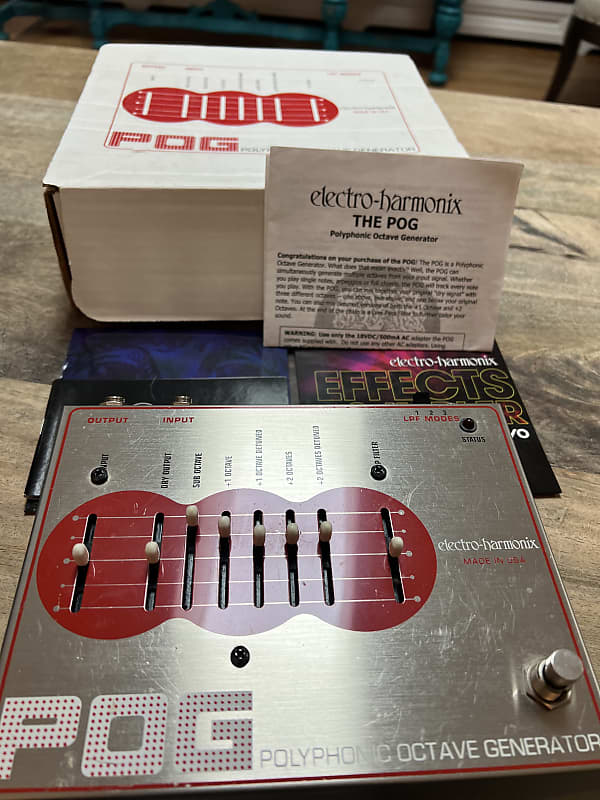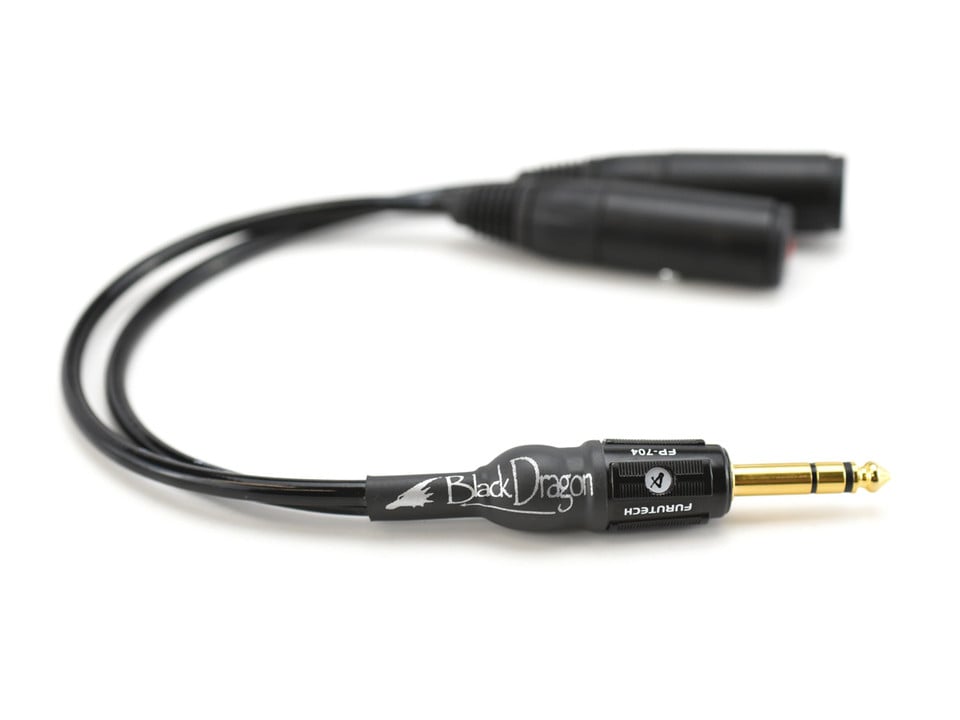I did that in a gigging band for almost 4 years. Bassist bailed a couple of weeks before
a run of shows, and we decided to not let him ruin all of our hard work, so we plowed ahead.
I split my signal out of the guitar, and then to two different amps/rigs. One was a Marshall based
guitar rig and the other was a dedicated "clean" bass setup with an POG, only using the 2 Octave
down slider (and maybe mixing in some dry signal, and then into a power amp and either a 1 x15
or a 1x 18.
I just cratered the sliders not used, and then pumped up the ones needed. This was around
2004-8, so there wasn't a lot of other options. Things like the Drop and Whammy DT didn't exist,
and analog octavers had super sketchy tracking. Not really an issue now, though you may have a
little latency to wrestle with.
I also ended up incorporating a Baritone guitar down the road, and relearning all of my parts, just
so I could bring even more thunder with a "guitar."

All of our gigs went really well, and we were told we had a unique sound and approach and ended up
not even looking for a Bassist. Some people would look to see where he/she was and they never found
them. So as odd as it may sound to some, it ended up also being a cool hook/talking point for people
who would come see us.
It was a Power Trio with 2 guitars and drums, and no actual bassist.

Instrument cables to separate pedals/amps/rigs. I'd say the biggest challenge was hauling the extra gear,
and then soloing. Riffing/chording was fine. But if I dropped out for a lead line or something melodic
all the ass left the woman in the room.

I am excited about you chasing this down, and curious how you work it out.










